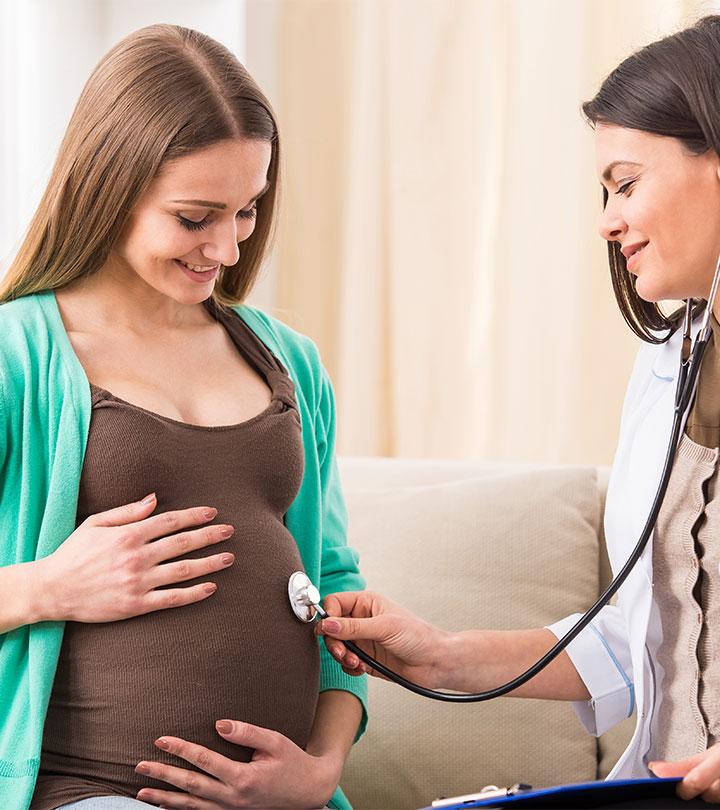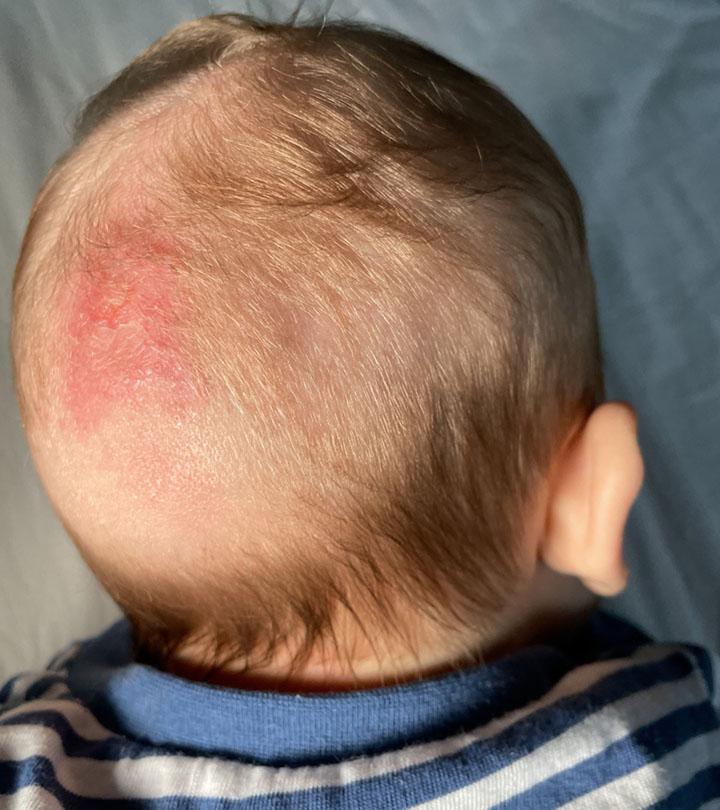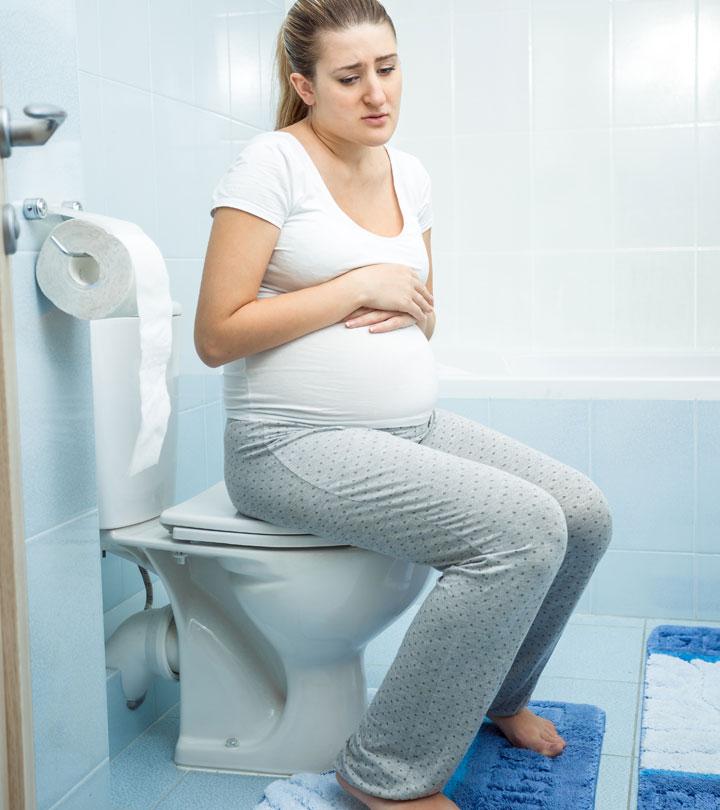
As a parent, you may be concerned about each product you bring in for the baby. However, maintaining a big list could be difficult. Therefore, we bring you a list of dangerous baby products to ease your trouble. Although one may think small toys, flame-retardant clothes, and BPA plastic bottles as hazardous products for babies, it is important to realize that even frequently used baby products can have detrimental effects. These products are available in most consignment shopsiA place where customers may bring products they no longer desire so they can be sold . Scrutiny is important as some products may be unreliable and fail to meet government safety standards. In this post, we have listed such products that pose a threatening risk to the baby’s safety, and you must be aware of them.
1. Crib Tents
Why They Are Dangerous:
Crib tents are intended to keep toddlers from climbing out of the cribs, but they can also be risky and precarious. The constant pulling and poking from the little fingers can cause damaging tears in the mesh, making the crib tent unstable. And if your little one tries to get out, he can get trapped or tangled, which could be perilous.
What To Use Instead:
If your kid has the habit of climbing out of the crib, then get him a toddler bed. The bed looks like a regular bed but comes with a crib mattress.
2. Sleep Positioner
Why They Are Dangerous:
These wedged or flat mats are designed to keep the infant on his back during sleep. It claims to reduce the risk of Sudden Infant Death SyndromeiAn abrupt, unexpected, and inexplicable death of a seemingly healthy baby, usually younger than one year and colic diseases too. But no research supports these claims. On the contrary, sleep positioners increase the likelihood of suffocation and other hazards, which could be harmful to infants. The CPSC states that 13 deaths reported over the past 13 years are related to sleep positioners.
What To Use Instead:
Nothing. Your baby will control to roll over once he has the neck strength.
3. Crib Bumpers
Why They Are Dangerous:
You may think that the cute bumper inside the crib would prevent the tiny limbs of your child from being stuck between the rails, but in reality, these pads are one of the unsafe baby products that cause suffocation and are a strangulation hazard. It is even linked to Sudden Infant Death Syndrome. In addition, the baby’s head can be caught on the side of the crib and the bumper, which could be harmful. Older kids can also use the bumper to crawl out of bed. According to the U.S. Consumer Product Safety Commission (CPSC), crib bumpers have been associated with numerous safety concerns and incidents. From January 1, 1990, through March 31, 2019, the CPSC received reports of 113 fatalities related to crib bumpers.
What To Use Instead:
You can try a breathable mesh line instead. It will prevent the baby’s arms and legs from getting wedged in the crib slats.
 Experts say
Experts say4. Walkers
Why They Are Dangerous:
A walker may appear a great idea because it helps the infant stand and walk before he can do it on his own. But it is not as safe and convenient as it may appear. Every year, more 21,300 injuries associated with babies rolling down the flight of stairs are reported in the emergency room. It has also been claimed that walkers have a detrimental effect on children’s achievement of developmental milestones.
What To Use Instead:
A walk-around or station baby activity center will let your child move around safely on a secure base.
5. Co-Sleepers
Why They Are Dangerous:
Co-sleepers, also called bedside sleepers, allow children to sleep near the mothers for nursing. However, concurrently, it also heightens the possibility of suffocation due to the surplus padding. Plus, the sides of the co-sleepers are very low. Even worse, a parent can roll on top of their baby. So co-sleeper is one of the recommended baby products to avoid strictly.
What To Use Instead:
A full sized crib with fixed sides is definitely a safer option. Or just share the bed with your baby.
6. Car Seat Toys And Add-Ons
Why They Are Dangerous:
The little mirrors and stuffed animals attached to the front of the car may seem like a godsend to keep the kid entertained in the long rides. But car seat experts opine that 99% of these add-ons are unstable and unsafe. The rule is- “if it did not come with the car, do not use it”. And just think, would you really want a toy hurdling your tot’s face while you are riding? No, right?
What To Use Instead:
Give your child a teether toy to play in the car.
7. Infant Bathtub Seats
Why They Are Dangerous:
The danger of the bathtub seat lies from the false sense of security that it provides. Yes, it helps babies sit upright, but it also poses a risk of tipping over. In the past 16 years, bath seats have been tied to 175 infant deaths. The suction cupsiA glass or bendable material cup that creates a partial vacuum when attached to a surface that are supposed to hold the position never really work, leaving the baby unsteady and insecure.
What To Use Instead:
A hard plastic baby bathtub is definitely a safer alternative. But no matter which baby tub you are using, never leave the baby alone, not even for a minute.
8. Bumbo Seats
Why They Are Dangerous:
These cute and colorful chairs had millions falling for them when they were launched, especially since they looked like a handy way to feed infants. The product was recalled when CPSC received reports that infants fell off the seat by leaning, arching or rocking themselves. But the product is back in the market, this time with the strap to keep the baby safe in his seat. But that’s not enough as the entire thing can topple over the infant.
 Research finds
Research findsWhat To Use Instead:
A stationary activity center or a bouncer seat would be cool. But do not place them on the bed, counter or table.
9. Sling Carriers
Why They Are Dangerous:
Having your baby snuggle up to you while walking or working may look adorable. But a shocking fact is that over the past 20 years, there have been 14 deaths associated with sling carriers. Being pressed up against the body for a long time can pose the risk of suffocation. Skull injuries, head injuries, and fractures have also been reported.
What To Use Instead:
Ring Slings are a safer alternative when used properly. Handheld baby carriers, strollers or backpack carriers are covered by the safety standards and would make a safe pick.
10. Soft Bedding
Why They Are Dangerous:
These plushly monogrammed blankets and pillows may look adorable, but they are ideal for decorative purposes only. Using a blanket or pillow for an infant can be risky as it can result in entanglement or smothering, leading to suffocation.
What To Use Instead:
Keep your baby comfortable in a swaddler, footed onesieiOne-piece leisure or sleeping outfit typically consisting of a long-sleeved blouse and pants or a sleep sack.
11. Baby Swings
Image: Shutterstock
Why They Are Dangerous:
Baby swings, while popular for soothing fussy infants, may pose serious health risks. These swings are not designed according to the recommended safe sleep practices, and using them for this purpose can pose various risks. Sitting in an upright position in these infant swings can narrow their airways, making it challenging for them to breathe. Additionally, the pressure on the backs of babies’ heads in swings can contribute to flat spots and even cause or worsen torticollis, a condition where the neck twists unnaturally. Straps in baby swings, if not properly secured, can lead to entanglement or strangulation risks. Loose or unbuckled straps also pose the danger of infants falling out and getting injured. Moreover, padded cushions in swings can be hazardous, causing suffocation (2).
What To Use Instead:
Infants should be placed on their backs on firm mattresses in a crib or bassinet, following safe sleep guidelines, without any soft bedding or loose items.
Frequently Asked Questions
1. What ingredients should not be in my baby’s toy products?
Some common ingredients to avoid while buying children’s toy products are(1):
- Phthalates
- Bisphenol A (BPA)
- Polyvinyl Chloride (PVC)
- Polystyrene
2. Is foam mat toxic for my baby?
Studies have shown that the materials used on foam do not raise health concerns for babies (2).
3. Which baby equipment causes the most injuries?
A study by the US Consumer Product Safety Commission (CPSC) found that high chairs, cribs, and mattresses may cause injuries to babies (3).
4. How do I know if my baby products are safe?
The US Consumer Product Safety Commission (CPSC) states that all durable baby products should meet the necessary safety requirements. Hence, one must look for labels, stickers, surface coatings, and other information confirming its safety while buying a baby product(4).
It is essential to understand that anything and everything available as baby products online or in stores are safe or not for babies. There are several products that are freely available but are unsafe. You can scroll through this elaborate list and discard any of these products you have. The U.S. Consumer Product Safety Commission has recalled many such products, so you can visit their website to know more about them.
Infographic: Dangerous Baby Products
After your little bundle of joy arrives, you will be excited about filling their room with all the adorable little things and baby products. However, you may need to be made aware that many popular baby items in the market are not deemed safe by some credible organizations. Read through this infographic carefully to learn if the products you use are safe for your baby. Illustration: Momjunction Design Team
Key Pointers
- Repeatedly pulling on crib tents may cause the mesh to rip, potentially leading to entrapment or entanglement of the baby.
- The Consumer Product Safety Commission (CPSC) warns that sleep positioners increase the risk of asphyxia in infants.
- Crib bumpers pose a risk of strangulation, suffocation, and SIDS in infants.
- Co-sleepers can be highly unsafe due to their excessive padding, low sides, and the potential for parents to roll over on the child.
- If a baby exits a Bumbo seat and hits a hard surface, the injuries can be severe.
- Sling carriers, soft bedding, car-seat toys, and bathtub seats are some more products considered unsafe for babies.
Image: Stable Diffusion/MomJunction Design Team
Are baby walkers safe? Find out the answer in this video! We’ll explore the pros and cons of baby walkers and reveal the surprising truth.
References
- U.S. CONSUMER PRODUCT SAFETY COMMISSION
https://www.cpsc.gov/s3fs-public/RCA%20-%20Proposed%20Rule%20-%20Safety%20Standard%20for%20Crib%20Bumpers-Liners%20under%20the%20Danny%20Keysar%20Child%20Product%20Safety%20Notification%20Act.pdf - Can Babies Sleep in a Swing?
https://www.sleepfoundation.org/baby-sleep/can-babies-sleep-in-a-swing - Plastics & Plastic Toys.
https://health.ucdavis.edu/mindinstitute/resources/resources_pdf/Plastics_and_Plastic_Toys_7_14.pdf - Are Foam Puzzle Mats Toxic for Children?
https://www.mcgill.ca/oss/article/environment-health-technology-you-asked/you-asked-are-foam-puzzle-mats-toxic-children - Injuries and Deaths Associated with Nursery Products Among Children Younger than Age Five.
https://www.cpsc.gov/s3fs-public/Nursery%20Products%20Annual%20Report%20Dec2019_2.pdf - Durable Infant or Toddler Products.
https://www.cpsc.gov/Business–Manufacturing/Business-Education/Durable-Infant-or-Toddler-Products - Product Hazards – Bassinets and Cradles
https://kidsindanger.org/product-hazards/bassinets-and-cradles/ - Product Hazards – High Chairs and Booster Seats
https://kidsindanger.org/product-hazards/high-chairs/
Read full bio of Dr. Neema Shrestha
Read full bio of Rohit Garoo
Read full bio of Ghazia Shah





























